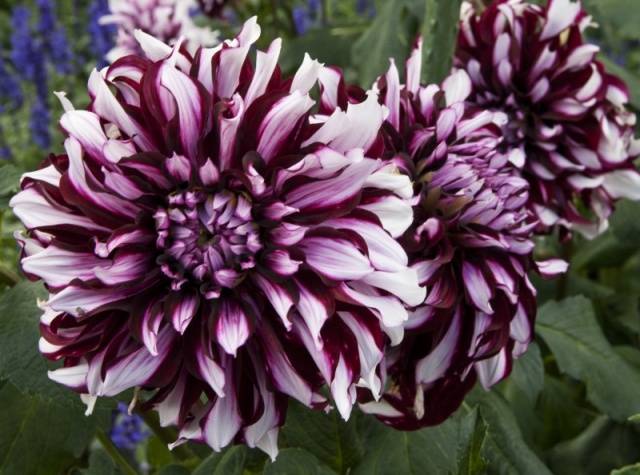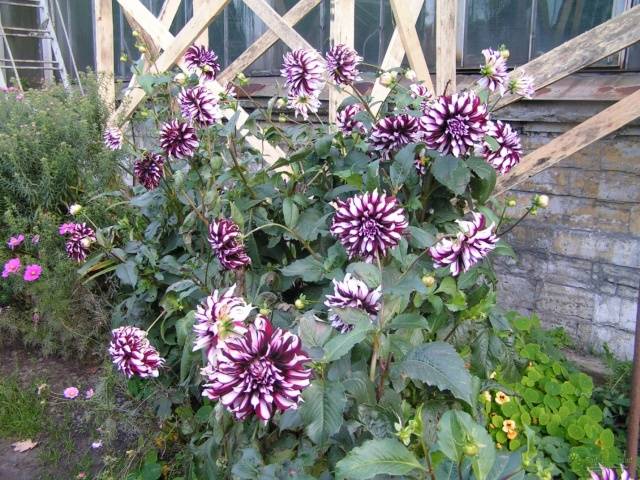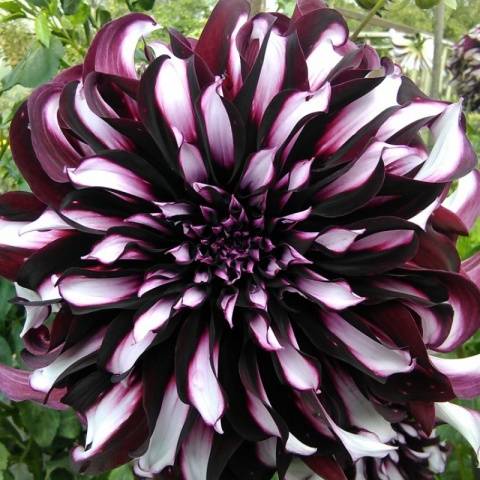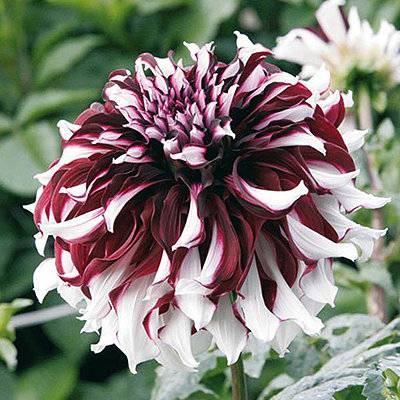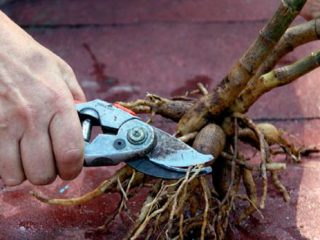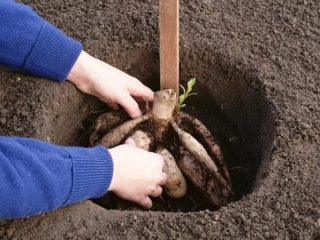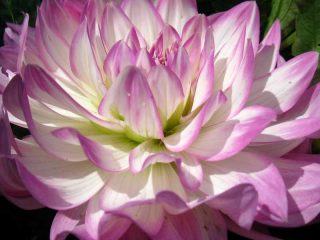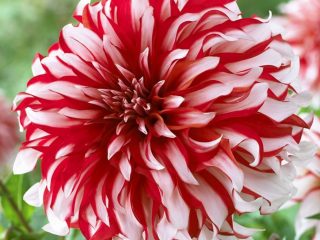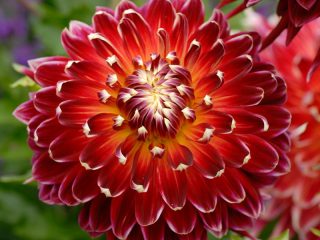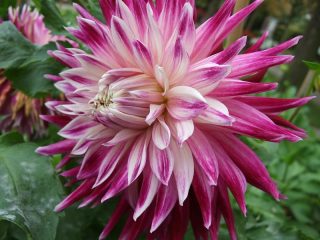Content
Dahlias bloom for a long time. This cannot but rejoice, which is why every year these flowers have more and more fans. There are more than 10 thousand varieties of dahlias, and sometimes one gets confused about which one to choose for planting. Let's talk about the dahlia Tartan variety, photos and descriptions are given below.
Description
This variety has been known for a very long time; it was bred in New Zealand and from there brought to Europe in 1950. The plant is tall and belongs to the ornamental class. It reaches a height of 130 centimeters, which can be considered a record. The flower itself belongs to the large category, the average diameter exceeds 15 centimeters.
Dahlia Tartan is a bright representative; it will amaze anyone with its amazing coloring. The petals are feather-like, wavy at the edges. Cherry color with white streaks. The plant looks great in the garden. Period of continuous flowering in the central region: from July to September. The length of the peduncle is 45-50 centimeters. At least four flowers bloom on the bush at the same time. Requires garter, although the peduncles are strong and practically do not break.
Tubers are well stored under proper conditions and are resistant to some viruses and diseases. It is recommended to purchase tubers not from hand, but in specialized stores from the manufacturer. This will eliminate the possibility of buying a fake.
Growing Dahlia Tartan
In order for the dahlia Tartan to bloom well, it is necessary to create a certain microclimate for this. In general, the growing parameters described below are ideal for all varietal dahlias with rare exceptions.
Lighting
The place for the plant should be sunny, but hidden from gusty winds and drafts. Does not tolerate low areas and swamps. The area should be illuminated for a minimum of 6 hours during the day.
The soil
Loves dahlia varieties Tartan soils are rich in humus, but can be grown on any soil. If they are poor, you will have to apply fertilizer before planting and during the flowering period. The required acidity is 6.5-6.7 pH. In the fall, the selected area is dug up.
Landing
Once the threat of frost has passed, dahlias can be planted. This often happens at the end of May or beginning of June. The volume of the hole should be three times the volume of the tuber itself. A stake is immediately installed so that the future plant can be easily tied up.
Superphosphate and rotted manure in small quantities can be used as fertilizers for dahlias. You should not plant tubers in an area where asters previously grew. It is also recommended to change the planting location after flowering, allowing the soil to rest for a year or two.
In autumn, dahlia tubers are dug up and stored in a cool place, for example, in a closet or cellar.
Reviews of Dahlia Tartan
Many people like the dahlia of the Tartan variety; you can find reviews about it on the Internet. We have posted some of them here.
Conclusion
Dahlia Tartan is not picky about care, it is very beautiful and will please the eye for a long time. It's a pleasure to grow it!
